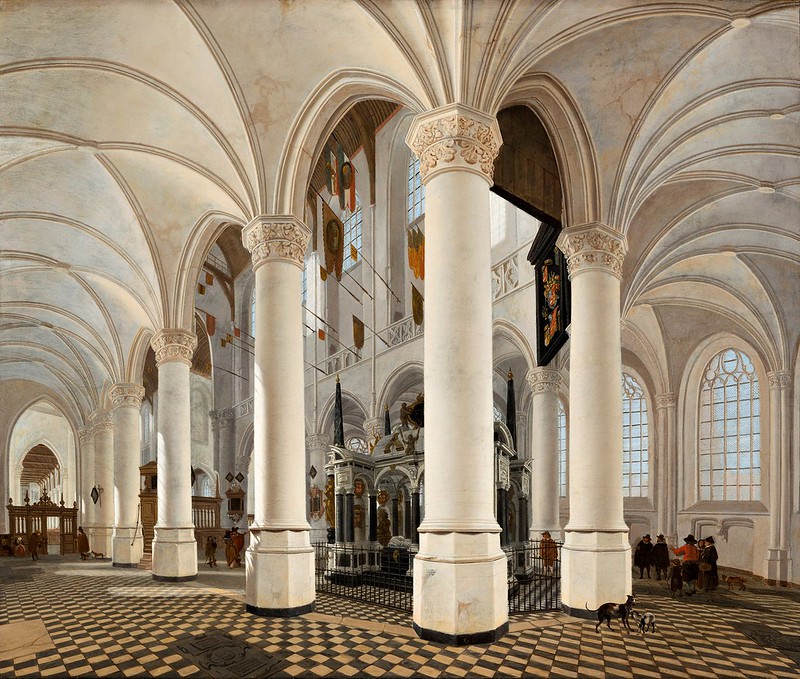Johann Speth (1664-1728)
- Magnificat Primi Toni (1693)
Performers: Rupеrt Gottfriеd Friеbеrgеr (organ); Choralschola Praemonstratenser-Chorhеrrеnstift Schlаgl
Further info: Speth - Complete organ works
---
German organist and composer. He was born in Speinshart to teacher
Heinrich Speth and his wife Margareta (née Vichtl). Past scholars
established that he must have received music lessons from the abbot of
the Premonstratensian monastery at Speinshart, one Dominikus Lieblein;
however, this has recently been disproven. Nothing is known about his
life before 1692, when he applied for the position of organist of
Augsburg Cathedral. The application, which contained Speth's
compositions, was accepted, and he was appointed organist on 4 November
1692. The music he supplied with the application was published the next
year in Augsburg as Ars magna Consoni et Dissoni (1693). In the files of
the cathedral administration there is a note from 1705 showing that
Speth had also to work in the office of the cathedral chapter. The exact
date of Speth's death is unknown, but there is a document that shows
that in 1719, he still lived with his wife and a maidservant in
Augsburg. The composer's only surviving work is the collection published
in 1693 in Augsburg, Ars magna Consoni et Dissoni. The title may be a
reference to Athanasius Kircher's famous book, Musurgia universalis,
sive ars magna consoni et dissoni (1650). An early description of the
work was included by Johann Gottfried Walther in his Musikalisches
Lexicon; Walther claimed Speth only compiled the pieces but did not
compose. This hypothesis is now generally considered false. Ars Magna
contains music intended for organ or clavichord: ten toccatas (subtitled
Musicalische Blumen-Felder), eight Magnificat settings, and three
variation sets. The music has clearly traceable Italian influences, with
direct borrowings: one of the variation sets is built on a theme by
Bernardo Pasquini, there is also a passage from Bernardo Storace in the
Spangioletta variation set, and a verset by Alessandro Poglietti (quinti
toni no. 3). The influence of contemporary southern organists is also
apparent, particularly that of Georg Muffat and Johann Caspar Ferdinand
Fischer. The toccatas are unusually short for the genre; most consist of
three (toccata-fugue-toccata) sections. There are some interesting
features such as dynamic indications in Toccata quarta. The Magnificat
settings are, like similar pieces by Johann Kaspar Kerll and others,
short versets for alternatim practice.

Cap comentari:
Publica un comentari a l'entrada